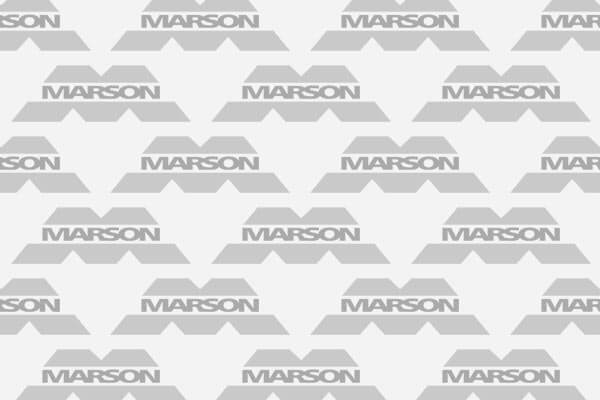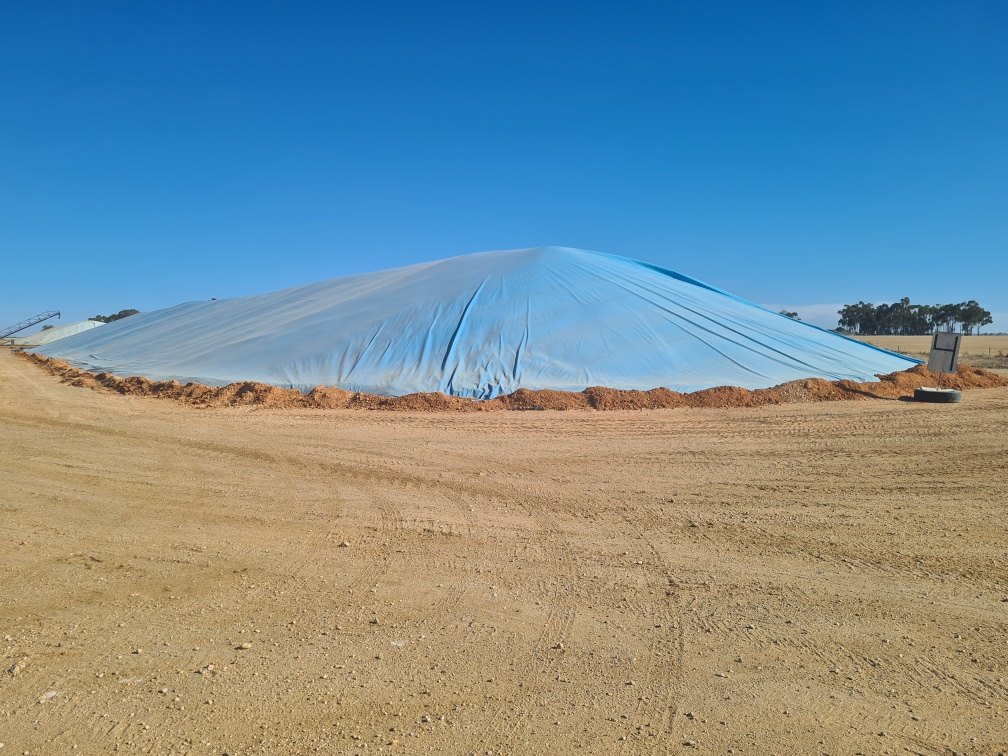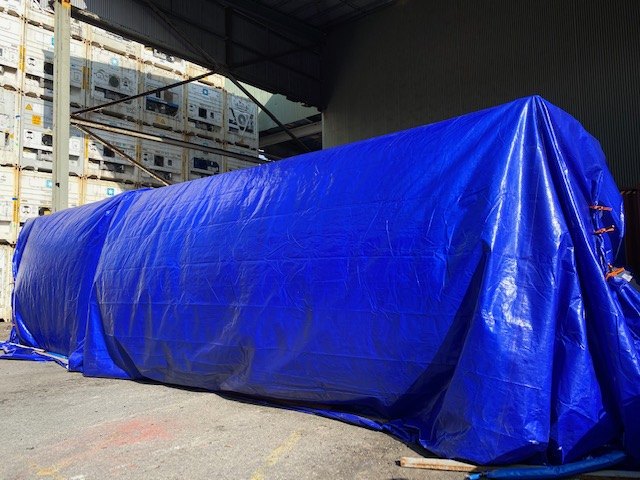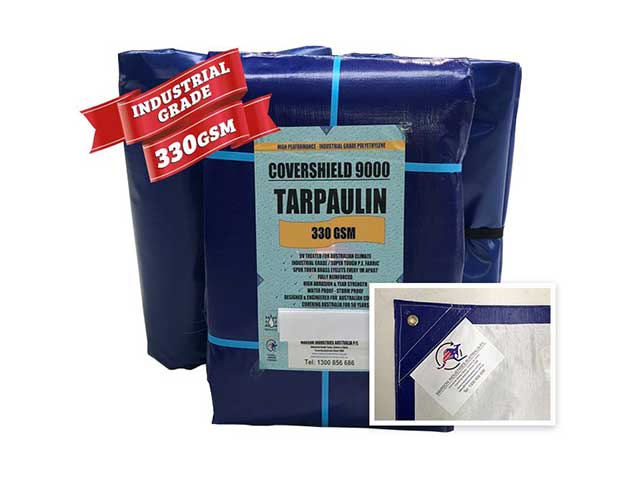Tarps, Covers & Liners. Industrial Textile Fabrication.
Marson Industries Australia Pty Ltd
What To Look For When Buying Construction Tarps

Choosing a construction tarp may seem a simple task; however, there are numerous considerations that may be made making it quite overwhelming and complex. In addition to determining the material of the tarp, it is important that one reviews the elements and they will impact on the functioning of the construction tarp. The majority of people will simply purchase the first option found online or in the hardware store, but this can be highly disadvantageous and can cause many problems. To act as a guide and form of assistance, this article will discuss the different considerations to make when searching for the best construction tarps.
What Is A Construction Tarp?
A construction tarp, also known as a tarpaulin, is a large sheet of material utilized to protect areas or items from the elements, particularly rain. A construction tarp is typically used to shelter the worksite from rain; however, it can also provide shelter for the different pieces of equipment or worked area when abandoned. The tarpaulin is a large piece of material that is waterproof and is often reinforced at the corners with grommets allowing for ropes to attach. The ropes are used as means of suspension or as a method to tie the cloth down when necessary.
What Are The Different Types Of Construction Tarps?
1. Polyethylene Tarp
Polyethylene is arguably one of the most common types of construction tarp and is one of the most beneficial as a multi-purpose tarpaulin alternative. As a multi-purpose option we are referring to the item being used for construction, background usage, and camping if necessary. Due to the poly tarp being the more common alternative, it presents with a large price range from expensive to quite cheap dependent on the place of purchase. Of course, if you are looking for a larger size with greater durability the chances are higher that the price will be more costly.
While these poly tarps are one of the best construction tarps being waterproof and available in more sizes than others, they do present with several disadvantages. Unfortunately, the poly tarp does become quite brittle in colder weather and is not intended for long-term usage. It must also be noted that without the correct treatment, the polyethylene material can disintegrate, particularly if exposed to direct sunlight for long periods of time.
2. Vinyl Mesh Tarp
The vinyl mesh tarp is not as popular or common as the polyethylene tarp; however, it is highly a highly beneficial alternative and purchased by those who can afford it. Due to the mesh design which is an open weave style, the vinyl tarp allows for air flow and sunlight to filter through the tarp itself. This can be seen as both beneficial and disadvantageous when used for different reasons. The mesh design is useful when used as a “shade cloth” during the summer months; however, it is not always the most beneficial in heavy winds or rains. Of course, if the vinyl has been noted as having a PVC or polyester core there is the ability to be very durable than the non-coated option.
One of the greatest benefits to the vinyl mesh tarp is that it is made from a strong, highly resistant fabric that will least several years. It is far more durable that the poly or canvas alternative; however, it is not always UV protected and can wear if left in direct sunlight for long periods of time.
3. The Duck Canvas Tarp
One of the best construction tarps available is the duck canvas tarp. This type of construction tarp is high quality created using heavy-duty cotton material. The soft texture makes it useful for not only construction but also as camping equipment and for personal canopies during the summer vacation months. The light, easy-to-use, and extremely strong fabric is typically found in browns and tans; however, there are additional colors if you search the internet and are willing to pay larger amounts.
As with all tarps, there are benefits and disadvantages and the duck canvas tarp presents with both these factors. While being environmentally friendly with UV resistance, the canvas tarp is not waterproof or water repellent unless treated by the owner. In addition, it is not flame resistant unless treated accordingly and must not be left in the sun for long periods of time despite the UV resistance.
What Elements Must Be Considered When Choosing Construction Tarps?
1. The Sun
As can be seen, direct sunlight is a significant issue when choosing the ideal construction tarp for your particular work project. Unless you are seeking a tarpaulin for a single season of protection, it is necessary to locate a tarp with some form of UV protection. In many cases, the tarps are able to protect against sunlight; however, they are not able to deal with direct sunlight for long periods of time. To choose the best construction tarp for your needs you must determine how long the tarp will need to be left in sunlight and the intensity of the light itself.
2. The Rain
Water repellence is a common feature for construction tarps; however, you should always consider the extent of the rain to be experienced. As is seen with the duck canvas tarp, it is necessary to treat the tarp in order for the item to be waterproof. To ensure you utilize a tarp with the correct amount of durability in wet weather you must be aware of how long you will be placing the tarp in the rain and the amount of rain to be experienced.
Share this post



